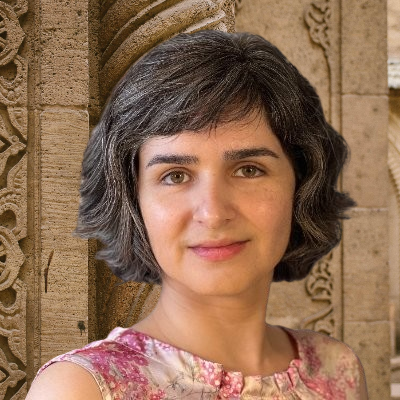
My research bridges computational neuroscience and AI, focusing on building intrinsically aligned models of visual perception. My research leverages AI tools and biological constraints to understand core intelligence.

My research bridges computational neuroscience and AI, focusing on building intrinsically aligned models of visual perception. My research leverages AI tools and biological constraints to understand core intelligence.
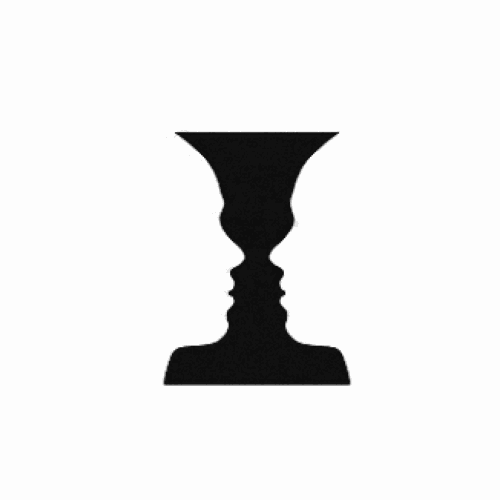

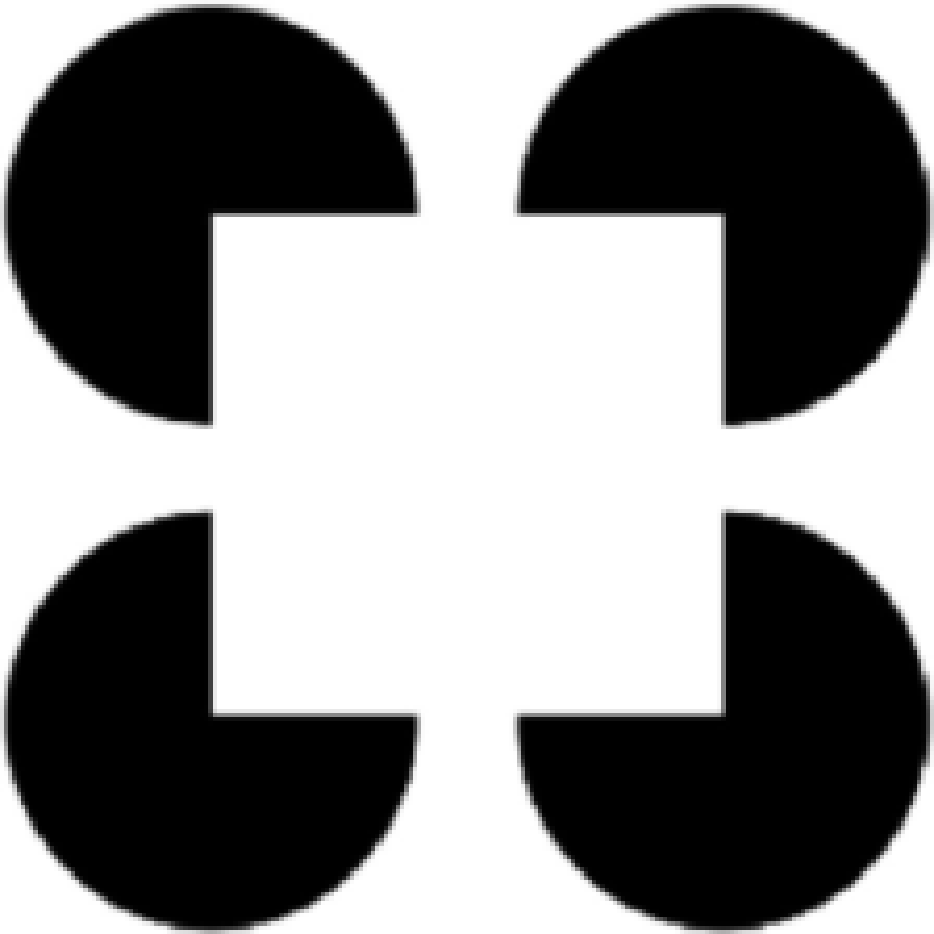
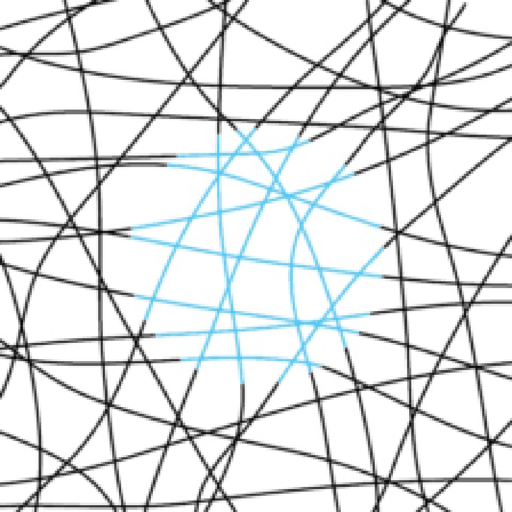
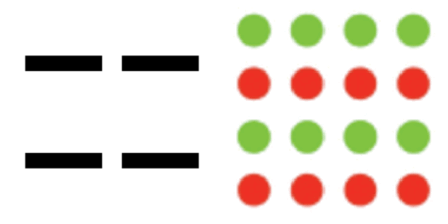
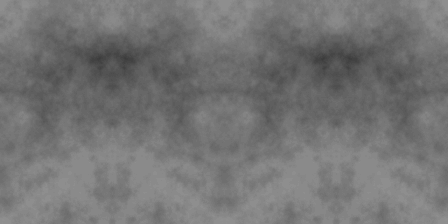
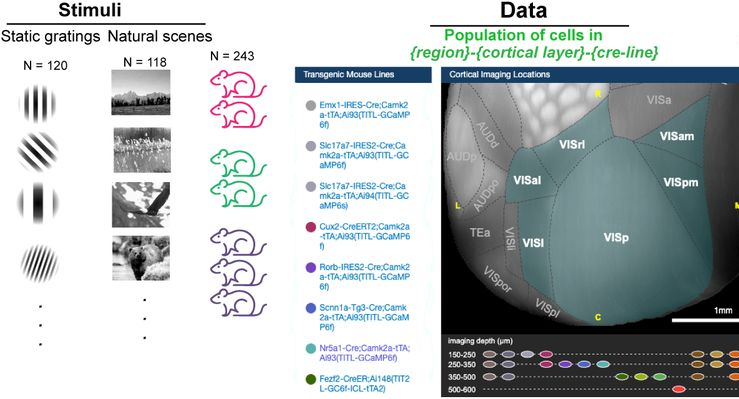
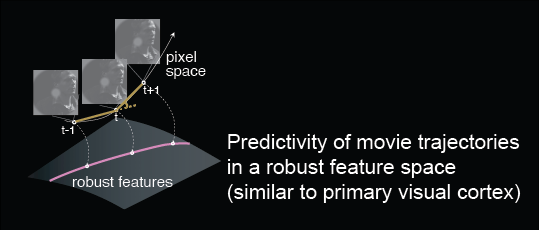
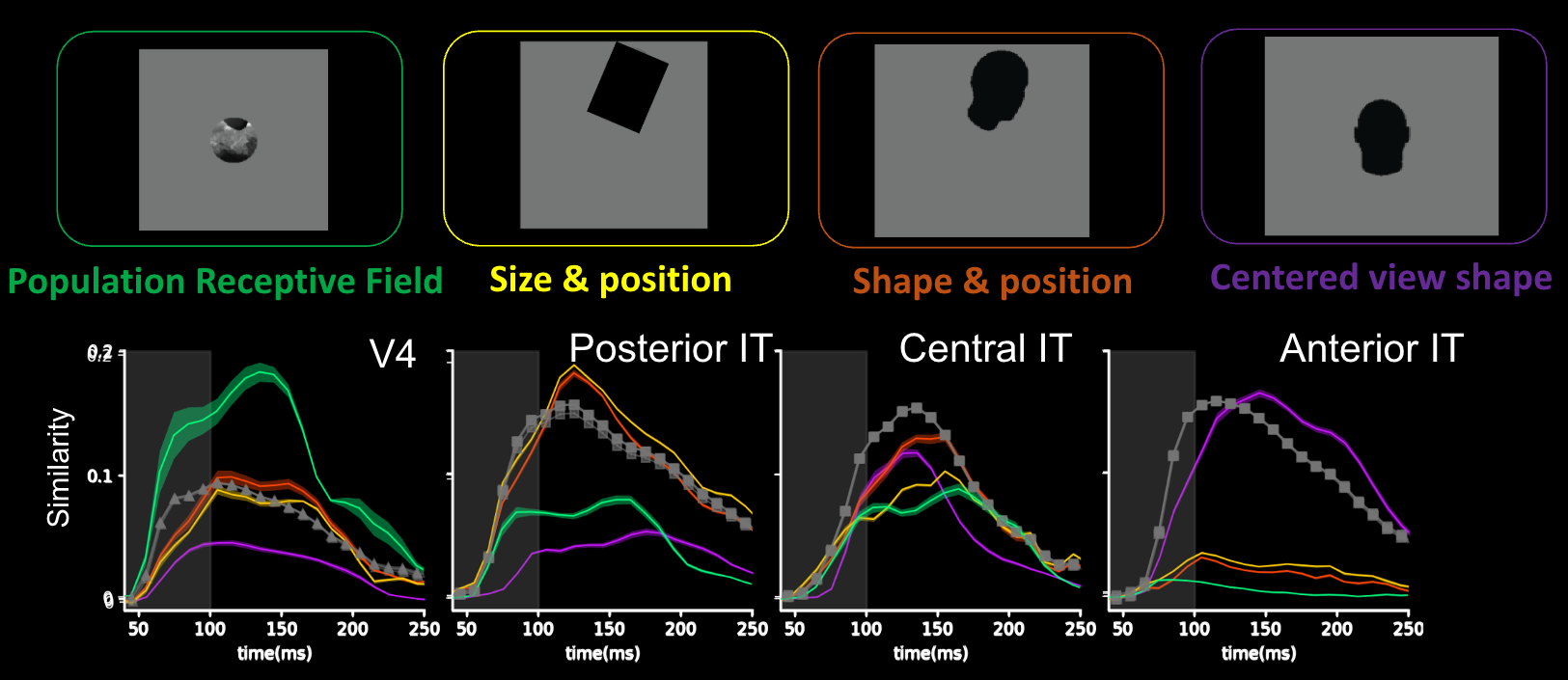
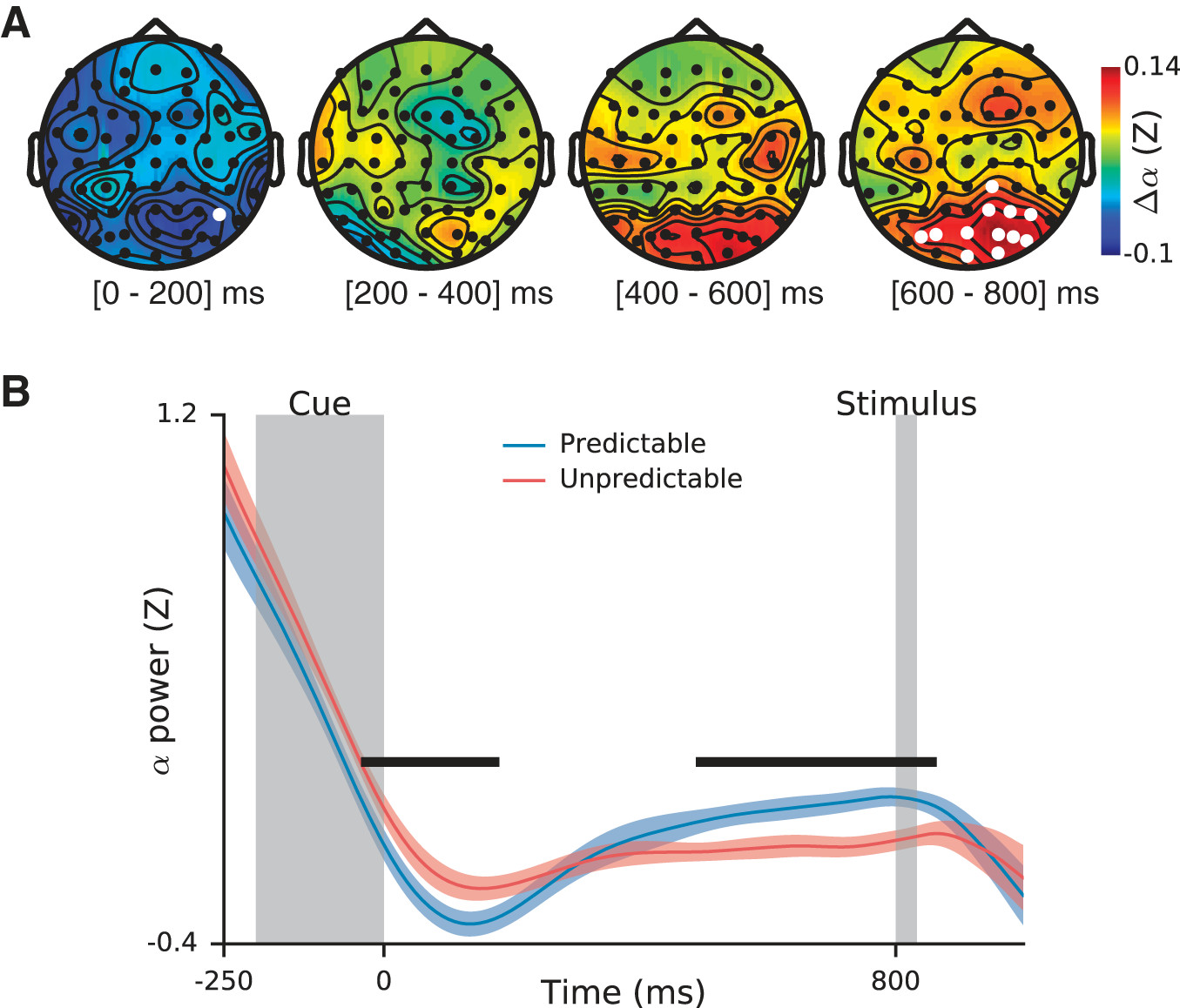
bioRxiv (2025)
Interpretability at the Network Level: Prior-Guided Drift Diffusion for neural circuit analysis
Mechanistic Interpretability Workshop, Neural Information Processing Systems (NeurIPS) (2025)
Illusions as features: the generative side of recognition
Workshop on Scientific Methods for Understanding Deep Learning, Advances in Neural Information Processing Systems (NeurIPS) (2024)
Brain-like flexible visual inference by harnessing feedback-feedforward alignment
Advances in Neural Information Processing Systems (NeurIPS) (2023)
Representational constraints underlying similarity between task-optimized neural systems
UniReps Workshop, Advances in Neural Information Processing Systems (NeurIPS) (2023)
Brain-like temporal straightening of natural movies in robust feedforward neural networks
International Conference on Learning Representations (ICLR) (2023)
Marmoset core visual object recognition behavior is comparable to that of macaques and humans
iScience (2023)
Journal of Neurophysiology (2016)
Unifying Gestalt Principles Through Inference-Time Prior Integration
Interpreting Cognition in Deep Learning Models Workshop, Neural Information Processing Systems (NeurIPS) (2025)
A unified computational framework for visual dysfunctions in psychosis
Vision Science Society (2025)
Generative inference in object recognition models—A unifying framework for discriminative and generative computations in vision
From Neuroscience to Artificially Intelligent Systems (2024)
Generative perceptual inference in deep neural network models of object recognition induces illusory contours and shapes
Cognitive Computational Neuroscience (CCN) (2024)
Emergence of illusory contours in robust deep neural networks by accumulation of implicit priors
Computational and Systems Neuroscience (CoSyNe) (2024)
Object-enhanced and object-centered representations across primate ventral visual cortex
Cognitive Computational Neuroscience (CCN) (2023)
Perceptually-aligned gradients by sampling the implicit prior
Conference on the Mathematical Theory of Deep Neural Networks (DeepMath) (2022)
A Unified Computational Framework for Perceptual Aberrations in Schizophrenia
Horga Lab, New York State Psychiatric Institute (2025)
Intrinsic alignment to natural intelligence by integrating learned priors
Gatsby Tri-Center Annual Meeting, University College London (2025)
Generative inference in object recognition models—A unifying framework for discriminative and generative computations in vision
Johns Hopkins Kavli Neuroscience Discovery Institute, Baltimore (2025)
Visual Inference Lab, Columbia University (2025)
TigerBrain Research Symposium, Princeton University (2024)
From Neuroscience to Artificially Intelligent Systems, Cold Spring Harbor Laboratory (2024)
Generative perceptual inference in deep neural network models of object recognition induces illusory shapes
Swartz Foundation Meeting, University of Washington (2024)
Emergence of illusory contours in robust deep neural networks by accumulation of implicit priors
Object Recognition: Models, Vision Science Society Meeting, St. Pete Beach Florida (2024)
Cortical computations underlying the integration of perceptual priors and sensory processing
Brain Science External Postdoc Seminar Series, Brown University (2024)
Can images predict neural patterns better than Deep Nets?
ICBINB Workshop, Cosyne Meeting, Lisbon, Portugal (2024)
Harnessing feedback pathways: Integrating perceptual priors in sensory processing
SYNAPSES Seminar Series, Yale University (2024)
Uncovering the evolution of neural representations in the ventral visual stream
Neuroscience and Artificial Intelligence Laboratory (NeuroAILab), Stanford University (2023)
Interpretable intermediate representations in primate ventral visual cortex
Visual Inference Lab, Columbia University (2023)
Representational straightening of natural movies in robust feedforward neural networks
Visual Object and Scene Recognition Nanosymposium, Society for Neuroscience Meeting, San Diego (2022)
Symbiotic learning of feedforward and feedback networks
From Neuroscience to Artificially Intelligent Systems, Cold Spring Harbor Laboratory (2020)